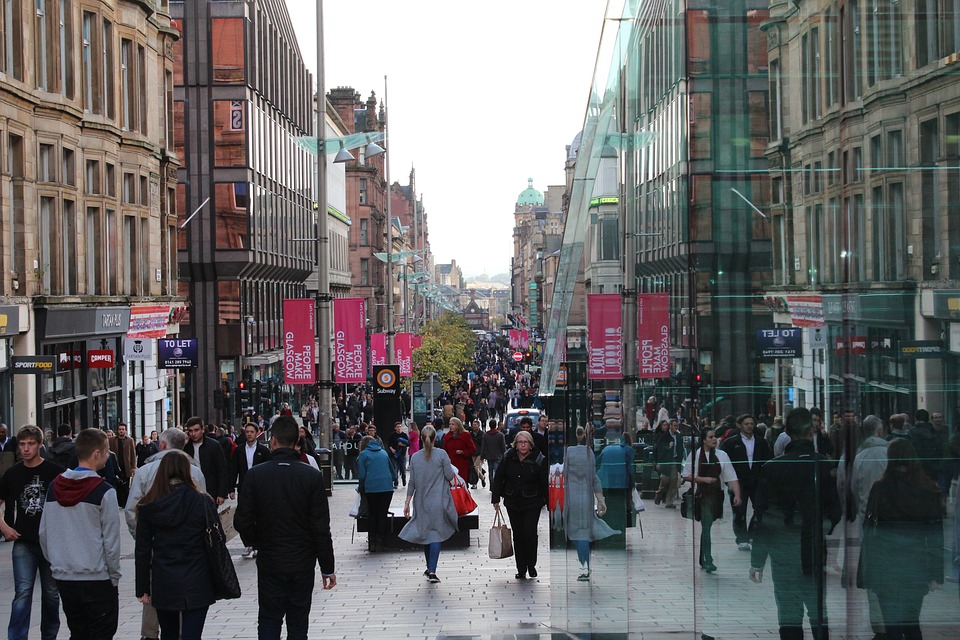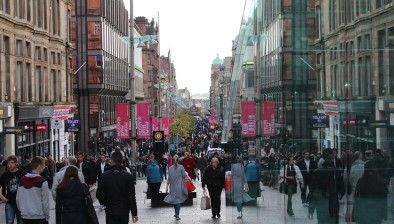Scotland’s population increase projected to continue at slower rate
Scotland’s population growth is projected to slow compared to previous years and older people will make up a greater proportion of the future population, according to new national statistics.

Published today by the National Records of Scotland (NRS), the figures suggest that Scotland’s population will increase by 2.5% to 5.57 million between mid-2018 and mid-2043.
The figures project that there will be 240,000 more pensioners over the next 25 years, an increase of 23.2%, while the working age population reduces by 7,000 people.
No natural growth is expected, meaning that deaths are anticipated to outweigh births each consecutive year from now on, with the only population increase coming from inward migration.
Life expectancy is projected to increase for men and women, and the gap between male and female life expectancy will narrow, with a baby girl born in 2043 living to 83.8 years and a baby boy living to 80.6 years.
Chief executive of the National Records of Scotland and Registrar General for Scotland, Paul Lowe, said: “Scotland’s population is projected to continue increasing, but at a slower rate than it has done in previous years.
“Past trends suggest that there could be more deaths than births in the next few years, with migration to Scotland projected to be the only driver of population growth.
“Over the next 25 years, there are projected to be a growing number of older people, fewer children, and the working age population is projected to make up a slightly lower proportion of our total population given the expected increase to the pensionable age population.”









